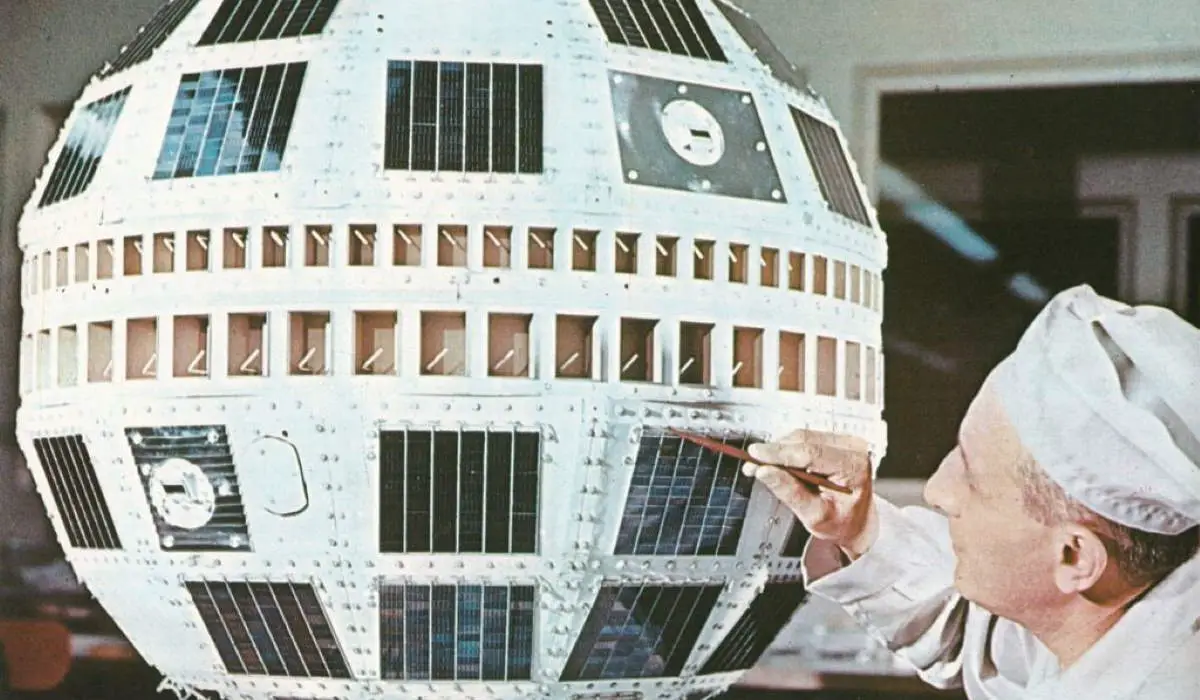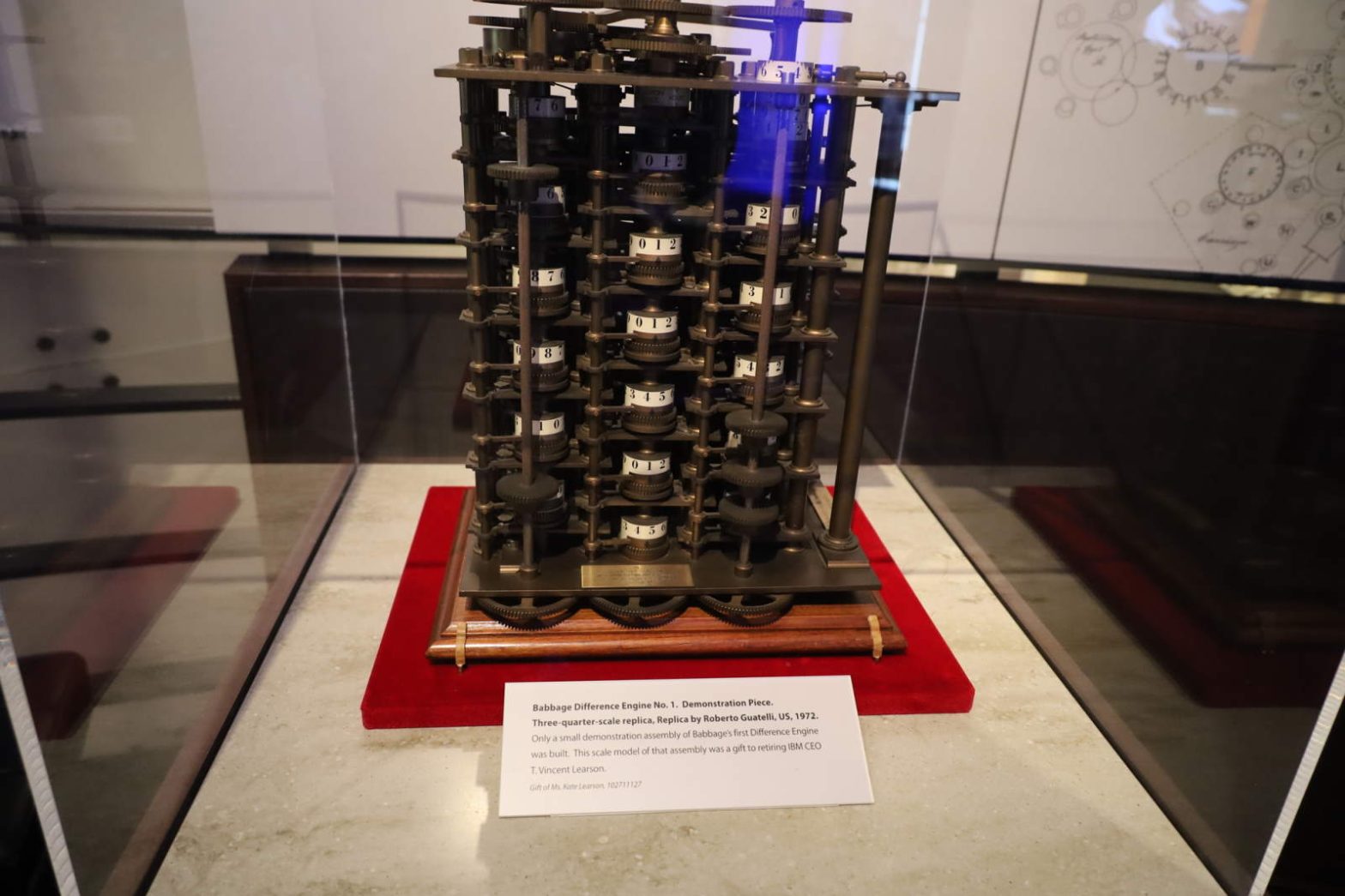On July 28, 1981, IBM (International Business Machines Corporation) revealed its first desktop computer, System/23 Datamaster, a demonstration of IBM’s efforts to shrink the size and cost of computing.
Category Archives: Technology
Syncom 2, the first geosynchronous satellite was launched on July 26, 1963
On July 26, 1963, Syncom 2 (for Synchronous Communication Satellite) was launched on top of a Delta B #20 launch vehicle from Cape Canaveral.
From computers to Nike Airs: 10 Moon-landing innovations that changed life on Earth
Much of the technology common today that we take for granted originates from the moon landing. Here are 10 moon-landing innovations that changed life on Earth.
Telstar 1, the satellite that allowed the first live broadcast of television images was launched on July 10, 1962
On July 10, 1962, Telstar 1, the satellite that allowed the first live broadcast of television images was launched from Cape Canaveral. It was the first privately sponsored space mission. Two days after the launch, on July 12, it relayed the world’s first transatlantic television signal, from Andover Earth Station, Maine, United States, to the …
Atari was founded on June 27, 1972
On June 27, 1972, Atari Inc. was founded in Sunnyvale, California by American businessman and electrical engineer Nolan Bushnell (born February 5, 1943) and American electrical engineer Ted Dabney (May 2, 1937 – May 26, 2018). One the most recognized and celebrated brands in the world, the company is a pioneer in arcade games, home …
Manchester Baby, the world’s first electronic stored-program computer ran its first program on June 21, 1948
On June 21, 1948, Manchester Baby, the world’s first electronic stored-program computer ran its first program.
Charles Babbage Unveiled the Difference Engine on June 14, 1822
On June 14, 1822, English polymath Charles Babbage (26 December 1791 – 18 October 1871) announced his invention of the Difference Engine on 14 June 1822, in a paper to the Royal Astronomical Society. The title of the paper was “Note on the application of machinery to the computation of astronomical and mathematical tables”. It …
Continue reading “Charles Babbage Unveiled the Difference Engine on June 14, 1822”
UNIVAC I, the world’s first commercial computer was unveiled on June 14, 1951
On June 14, 1951, UNIVAC I (UNIVersal Automatic Computer I), the world’s first general-purpose electronic digital computer was unveiled. running on a 2.25 MHz clock, it was capable of completing 1,905 instructions per second.
World Wide Web was launched on May 17, 1991
On May 17, 1991, the English computer scientist Tim Berners-Lee set up the first web server in history. This event marks the public release of the World Wide Web. Tim Berners-Lee is known as the inventor of the World Wide Web.
Z3, the world’s first fully functional and programmable computer was unveiled on May 12, 1941
On May 12, 1941 Z3, the world’s first fully functional and programmable digital computer was unveiled by its designer, the German pioneering computer scientist Konrad Zuse (22 June 1910 – 18 December 1995). Zuse began to develop Z3 in 1935 and completed it in 1941. But, because of World War II, it was not considered …









